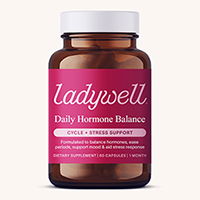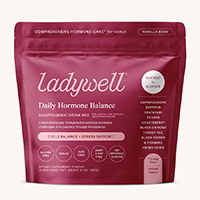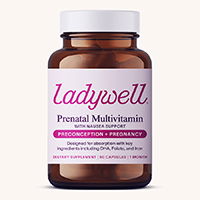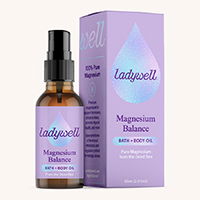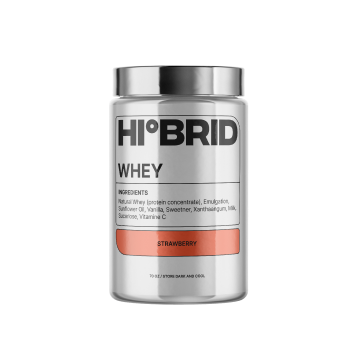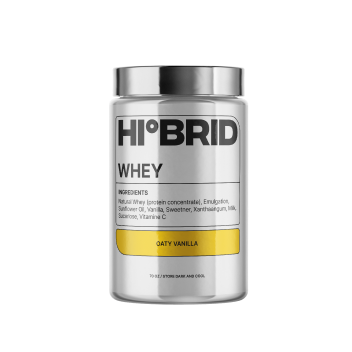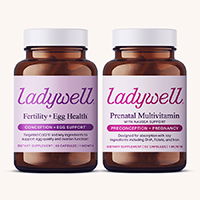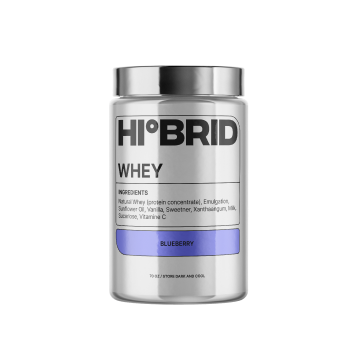Embrace Your Cycle: How Cycle Syncing Can Transform Your Hormonal Health
Have you ever felt like your mood, energy, or productivity shifts dramatically throughout the month? It’s not just in your head—your hormones play a significant role in how you feel, look, and function. While we can’t stop the natural fluctuations of hormones, we can align our habits with these changes through a practice known as cycle syncing.
Cycle syncing empowers you to adapt your nutrition, fitness, and lifestyle to match the phases of your menstrual cycle, optimizing your well-being and productivity. Let’s explore what cycle syncing is, why it’s beneficial, and how you can incorporate it into your life.
Your Body’s Natural Rhythms
Our bodies operate on various biological cycles, such as the circadian rhythm, which regulates daily activities like sleep and wakefulness. Another crucial but less-discussed cycle is the infradian rhythm, which lasts longer than 24 hours but less than a year. In humans, the menstrual cycle is a prime example of an infradian rhythm, orchestrated by hormones like estrogen, progesterone, and luteinizing hormone.
Understanding these natural rhythms can help you connect more deeply with your body and make informed choices to support your hormonal health.
What Is Cycle Syncing?
Cycle syncing involves adjusting your diet, exercise, and daily routines to align with the four phases of your menstrual cycle. Each phase brings unique hormonal shifts that influence your energy levels, mood, and nutritional needs.
By syncing your habits with these changes, you can optimize your physical and emotional well-being, reduce PMS symptoms, and even enhance fertility if you’re trying to conceive. Although it may sound complex, cycle syncing becomes intuitive once you start tracking your cycle and observing patterns in how you feel.
Benefits of Cycle Syncing
Cycle syncing offers numerous benefits, including:
- Improved mood and emotional stability.
- Better energy management throughout the month.
- Reduced PMS symptoms like bloating, cramps, and fatigue.
- Enhanced hormone balance for overall health.
- Better sleep and improved recovery.
- Optimized nutrition tailored to your body’s changing needs.
For those trying to conceive, cycle syncing can also help pinpoint ovulation and boost fertility awareness.
Who Should Try Cycle Syncing?
Anyone who menstruates can benefit from cycle syncing, but it can be especially helpful for individuals who:
- Experience significant physical or emotional symptoms during their cycle.
- Have hormonal conditions like PCOS, endometriosis, PMDD, or PME.
- Want to feel more in tune with their body’s natural rhythms.
Breaking Down the Menstrual Cycle Phases
To start cycle syncing, it’s essential to understand the four phases of your menstrual cycle:
1. Menstrual Phase (Days 1–5)
- What Happens: Hormones like estrogen and progesterone drop, leading to the shedding of the uterine lining (your period).
- How You Feel: Fatigue and lower energy are common during this phase.
- Tips:
- Nutrition: Focus on iron-rich foods like spinach, beans, and red meat, paired with vitamin C for better absorption.
- Fitness: Opt for gentle exercises like yoga or walking.
- Self-Care: Prioritize rest and get extra sleep.
- Work/Life: Use this time for reflection and planning rather than tackling big projects.
2. Follicular Phase (Days 6–14)
- What Happens: Estrogen rises as your body prepares for ovulation.
- How You Feel: Increased energy, motivation, and mental clarity.
- Tips:
- Nutrition: Eat hormone-supporting foods like leafy greens, cruciferous veggies, and healthy fats.
- Fitness: Take advantage of higher energy with high-intensity workouts.
- Self-Care: Plan social events and connect with others.
- Work/Life: Start new projects or focus on creative tasks.
3. Ovulation Phase (Days 15–17)
- What Happens: A mature egg is released, and estrogen and testosterone peak.
- How You Feel: High energy, libido, and social drive.
- Tips:
- Nutrition: Support liver health with detoxifying foods like broccoli, eggs, and leafy greens.
- Fitness: Engage in intense workouts to capitalize on your peak energy.
- Self-Care: Plan intimate moments or social gatherings.
- Work/Life: Collaborate with others and focus on presentations or teamwork.
4. Luteal Phase (Days 18–28)
- What Happens: Progesterone dominates, preparing the body for pregnancy. If pregnancy doesn’t occur, hormone levels drop, leading to PMS symptoms for some.
- How You Feel: Energy may wane, and mood swings or cravings may appear.
- Tips:
- Nutrition: Eat magnesium-rich foods (like dark chocolate and nuts) to ease PMS and support sleep. Increase calories slightly if you feel hungrier.
- Fitness: Scale back to light, enjoyable exercises as energy decreases.
- Self-Care: Reduce caffeine and alcohol, establish a calming nighttime routine, and focus on mental health.
- Work/Life: Tackle detail-oriented tasks but allow yourself to slow down if needed.
How to Get Started with Cycle Syncing
- Track Your Cycle: Use a period-tracking app or journal to monitor your physical and emotional changes throughout the month. Pay attention to signs like cervical fluid, basal body temperature, and mood shifts.
- Adjust Your Habits: Once you understand your cycle’s phases, start adapting your nutrition, workouts, and self-care routines to match your body’s needs.
- Stay Flexible: Listen to your body and adjust as needed. Every cycle is unique, so what works one month may differ the next.
Go With the Flow
Cycle syncing isn’t about rigid rules—it’s about embracing your body’s natural rhythms to feel your best. By aligning your lifestyle with your menstrual cycle, you can reduce hormonal discomfort, enhance your health, and live more harmoniously with your body.
Start small, track your progress, and discover the benefits of syncing your life with your cycle. Your hormones are here to guide you—go with the flow!
Disclaimer
The information provided in this blog is for educational purposes only and is not intended as a substitute for professional medical advice. Always consult a qualified healthcare provider before making any changes to your health regimen, especially if you are pregnant, nursing, or taking any medications.







